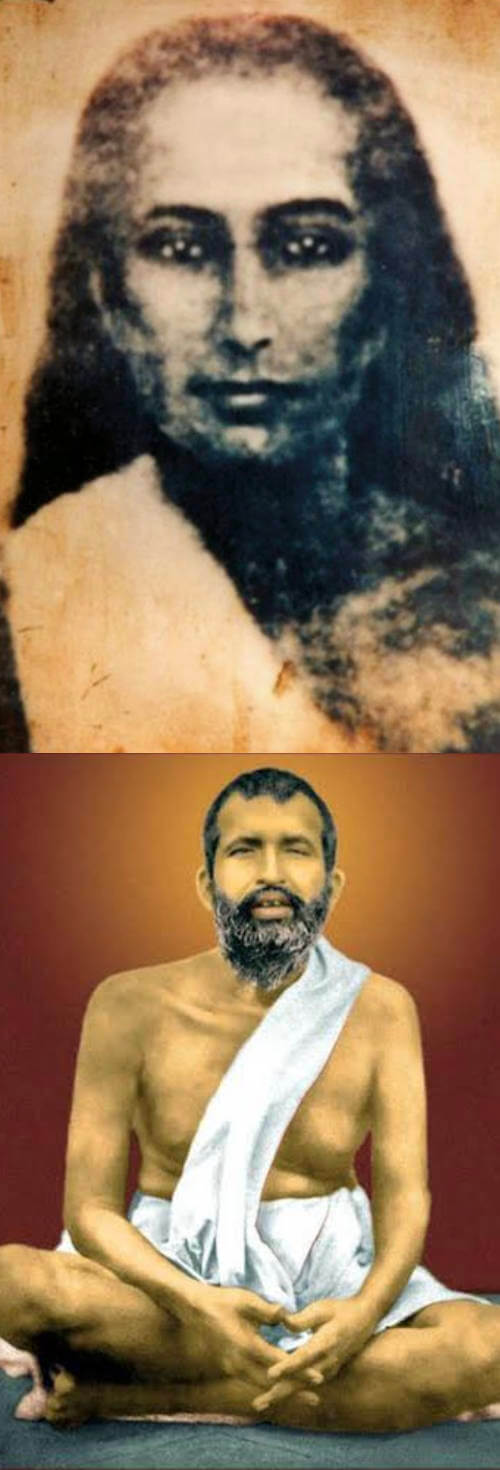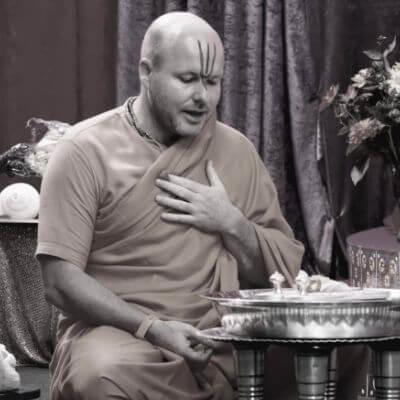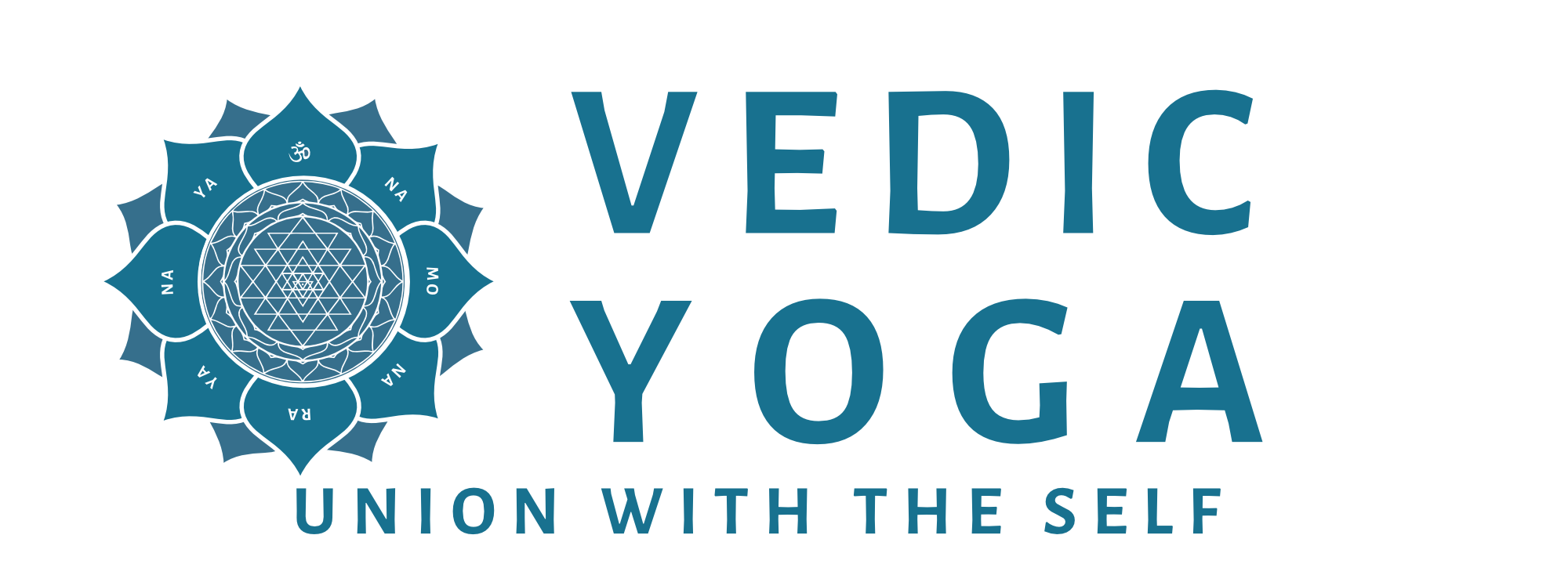
Meditation on the Eternal Existence of our Being

That which was given by Shiva to realise the truth of existence:
When the mind has been trained to stay fixed in a certain internal place, it comes with the power to flow in an uninterrupted current, towards that point. This state is called dhyana (meditation). When one has intensified both the power of dhyana and is able to reject the outer part of perception and remain meditating only on the inner part, that state is called Samadhi.
“Between the eyebrows is the door to heaven, this centre in the brain is the seat of will. When you concentrate deeply there and calmly will, whatever you are willing shall come about” – Paramahamsa Yogananda
“Between the eyebrows is the door to heaven, this centre in the brain is the seat of will. When you concentrate deeply there and calmly will, whatever you are willing shall come about” – Paramahamsa Yogananda
Jangama Dhyana – जङ्गम ध्यान
Jangama Dhyana is an inner meditation practised by Yogis for centuries, focusing the mind and sight between the eyebrows. This practice is rooted in the teachings of Patanjali, who described it as a means to develop dharana—the initial concentration necessary for entering dhyana, or meditation (Yoga Sutras, III: 1-2).
As you practice Jangama Dhyana, you train your mind to concentrate on this focal point. Over time, this focused attention allows you to transcend ordinary thoughts and simply observe your experience. Eventually, you find that your sense of self diminishes, leading to a deeper awareness of existence.
This point between the eyebrows is known as Bhrikuti and energetically as the Ajna chakra, the third eye. When the mind is fully concentrated on this point, one becomes the controller of his mind. Until this point, the meditator has not attained self-mastery.
Sri Ramakrishna Paramahamsa
The great yogi, Sri Ramakrishna Paramahamsa, practiced meditation between the eyebrows to achieve Samadhi and although he was able to withdraw his mind from all external sensations and objects, initially he could not go beyond the vision of the goddess Kali, on which his mind had been fully concentrated during her long period of devotional tapas. Shri Ramakrishna recounts how his Guru Totapuri Baba showed Him how to overcome this obstacle.
“He looked around and finding a piece of glass took it and shoved it between my eyebrows. He then said to concentrate my mind on this point! Then, with firm resolve, I sat down again to meditate. The last barrier was down and my spirit immediately soared beyond the relative plane and I got lost in Samadhi.”
Sri Ramakrishna would later give the same instruction on meditation to his distinguished disciple Swami Vivekananda.
The Purification
Jangama Dhyana is a purification process, but this purification does not happen silently. During purification comes visions and thoughts. Just like when one washes clothes, you see dirt coming out into the water. In the same way, when the mind is going through purification, then thoughts and visions occur. But they only happen for a moment and then they disappear. That’s why we must be so careful in this sense, because if you’re observing, then the mind can very easily get involved in thinking, and if it gets involved in thinking it can acquire new footprints. This takeover is so subtle. That’s why it’s so important not to analyze thoughts during meditation, and that’s why it also takes time for total cleansing of the mind.
Insights and experiences are not important in meditation. The only symptom of progress is greater peace. After being totally cleansed through meditation, the mind becomes pure consciousness capable of realizing through deeper meditation (Samadhi) its existence beyond imagination as the eternal Being. This state is known as Self-Realization or Enlightenment.


